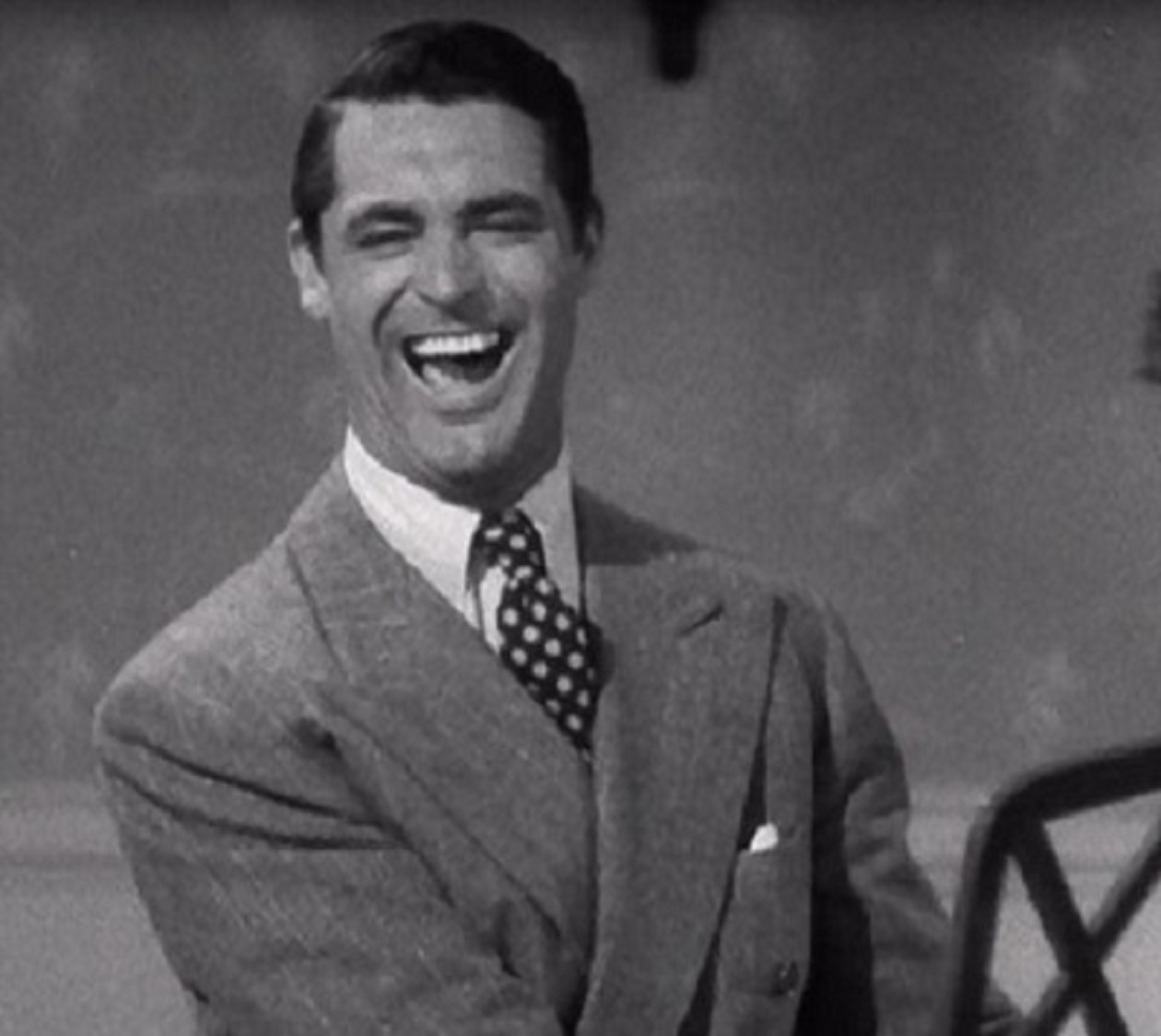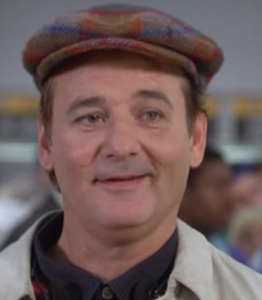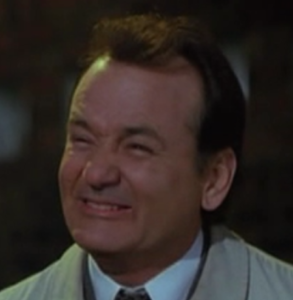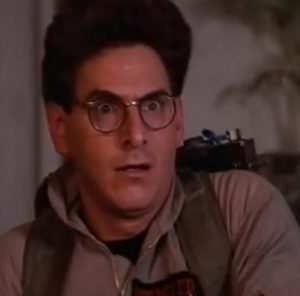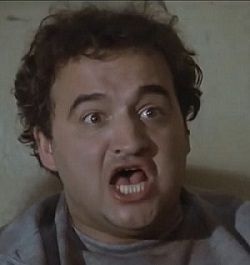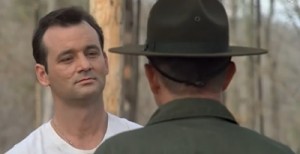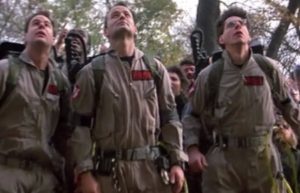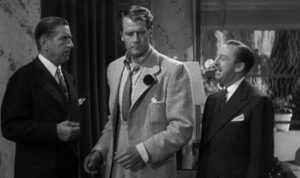The Man Who Knew Too Little: an Underrated Bill Murray Gem
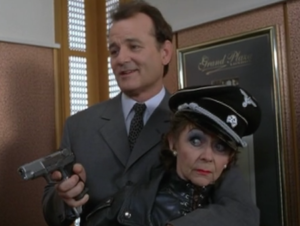
The Man Who Knew Too Little (1997) received a 41% on Rotten Tomatoes. It was panned by critics as only moderately funny. Experts claimed it was undeserving of the talents of Bill Murray, relied on broad stereotypes, and centered around only one gag.
Most of these critiques are true. But the film is also hilarious.
To describe the movie as a parody of The Man Who Knew Too Much (the 1934 or ’56 version) would be a stretch. Call it instead a Hitchcockian parody, and you’ll have it. Hitchcock asked us all what becomes of a civilian when mistaken for a spy (North by Northwest), or thrown into a conspiracy once in contact with one (The Man Who Knew Too Much/The 39 Steps)? Director Jon Amiel and writer Robert Farrar extend the question: “and he is totally oblivious to what’s going on?”
Here’s the tissue-thin plot: Blockbuster employee Wallace Ritchie (Murray) shows up for a surprise visit to London. His brother (Peter Gallagher) sends him to a participant theater act called the Theatre of Life until after his business dinner. Ritchie answers the pay phone call that’s supposed to begin the show. But the call that comes in (a few minutes early) isn’t from the theater, but from the employers of Spencer, a hit man tasked with killing the defense minister’s mistress, Lori (Joanne Whalley). She knows too much about a conspiracy plot to reignite the Cold War and is blackmailing the minister with incriminating letters. Thus begins Ritchie’s confusion: he thinks he’s acting; the bad guys–and Lori–suspect he’s a spy undermining their plans.
Because there is essentially no storyline, Murray is let loose to be the playful, odd guy he seems to be in real life, at least according to encounters with strangers in clubs and in cabs. In fact, I’d argue that in some ways this film is more typical of Murray’s personality than any other: the man knows how to improv his way through life.
As Ritchie, Murray has a blast ripping on a number of tough guy acts–most notably, Clint Eastwood’s. Of course, he mimics “Here’s Johnny” from The Shining. He pauses before saving Lori to put on his sunglasses. He asks for retakes, explains his life of espionage to cops, applauds a corpse for the realism of his acting.
In a favorite moment, Ritchie creeps out some muggers by sobbing, “I got a couple of kids,” and then, embarrassed by his poor performance, abruptly trying another approach: “You know it’s getting so that decent people can’t even go out on the street anymore without scum like you trying to step on whatever’s decent in this world. Well you know something? Your type are just gonna be the kind of crap that sticks to the bottom of a good man’s loafer.”
Imagine Murray’s fake crying (pictured above) and his enunciation of “a good man’s loafer,” and you’ll have a hint of just how hysterical this film can be.
The extent to which Ritchie remains deluded stretches belief, of course: he never catches on. But who is looking for realism in an unapologetically silly comedy? And, if we’re being honest, how plausible are Hitchcock spy stories and their ilk (Foul Play, Gotcha!, Frantic, The Tuxedo, etc.)? I think we can agree that all of us would live approximately 5 seconds if mistaken for a spy or harboring the secrets of one, a likelihood this parody clearly asks us to consider.
And truthfully, the film could be about anything. What matters is this: Murray is in almost every scene, and an hour and a half of Murray goofing off is about the best mood elevator I can imagine. I watch this ludicrous flick when I’m blue, scared, angry–and I never stop enjoying it. The critics gave it a 41 percent on Rotten Tomatoes; the audience gave it a 70. As usual, the critics are missing out on the fun to be had here; don’t make the same mistake.
